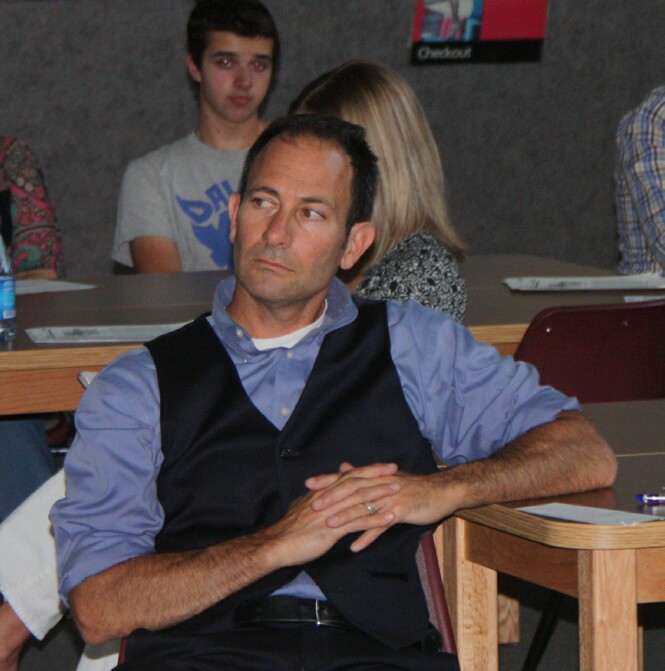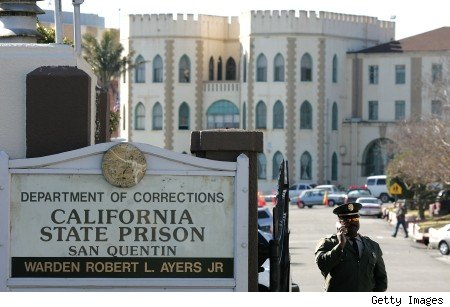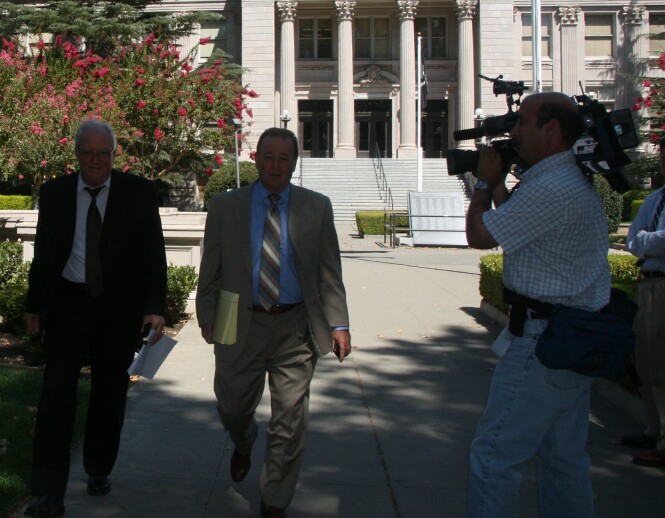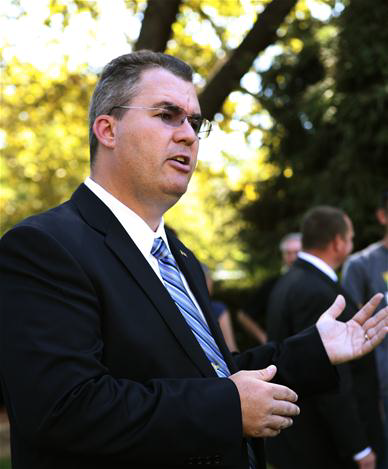The Other Side of the Story: Neighbors Disagree on Huston Article
 On Tuesday, we ran what was largely the view of Kelle Huston, who believed that her family was subjected to undue harassment from the authorities. Bolstering her point were the large number of probation searches on her property, which resulted in one relatively small case of marijuana possession and another case where some individuals attempted to sell marijuana, which ended up in a plea agreement.
On Tuesday, we ran what was largely the view of Kelle Huston, who believed that her family was subjected to undue harassment from the authorities. Bolstering her point were the large number of probation searches on her property, which resulted in one relatively small case of marijuana possession and another case where some individuals attempted to sell marijuana, which ended up in a plea agreement.
However, in addition to several people posting contrasting information on the Vanguard, we received an account from one neighbor who had a very different view, believing that the article “badly missed the mark.”

 By Vanguard Court Watch Interns
By Vanguard Court Watch Interns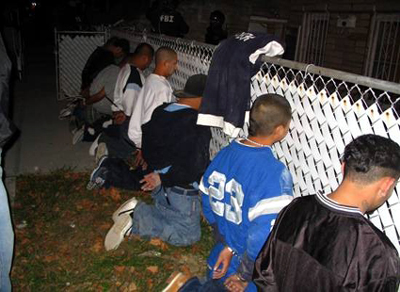
 By Dan Aiello
By Dan Aiello


